Carrickalinga’s sunken wave generator to be chopped up under sea level — but locals want a more explosive solution
A GIANT concrete and steel wave generator which sank off the coast at Carrickalinga four years ago now looks set to stay where it is in perpetuity — but it’s going to be sliced in two.
- Maldives police smash up ‘blasphemous’ underwater art project
- The shocking clean-up cost of SA’s failed wave power project
- It seemed like a great idea when it got federal funding
- But eventually Oceanlinx was sunk by its debts
A GIANT concrete and steel wave generator which sank off the coast at Carrickalinga four years ago now looks set to stay where it is in perpetuity, raising fears it could be a navigational hazard.
It will be cut back to 1m below the low-tide level, but the bulk of the structure will remain below the water. It is currently sitting in 16m of water at low tide and projects several metres into the air.
Bill Chapman, treasurer of the Carrickalinga Ratepayers’ Association, says the State Government has taken the easy option of leaving the structure in place.
He believes it will be a navigational hazard, especially if a proposed beacon to warn of a hazard in the area at night stops working.
Mr Chapman says he can’t understand why the structure isn’t blown up to get rid of it once and for all, at least to 5-6m below the surface.
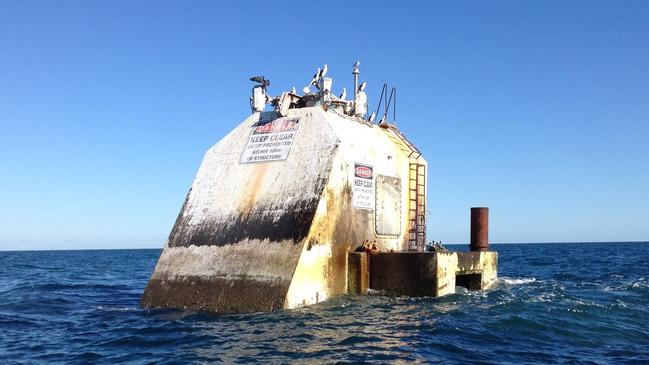
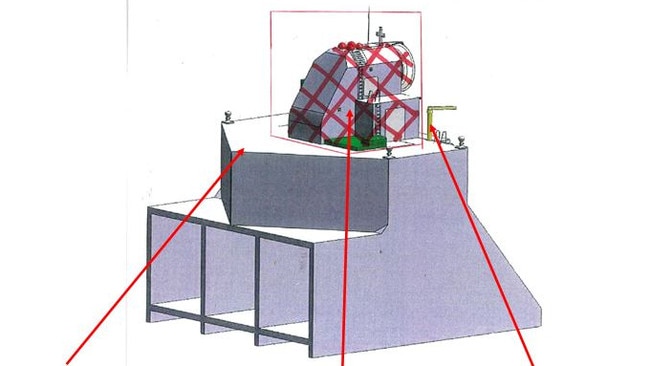
The 3000-tonne Oceanlinx wave generator — intended to generate power by harnessing the power of waves — was being towed to Port MacDonnell in 2014 when it sank to the sea floor, where it has remained ever since.
With Oceanlinx now in administration, a process unlikely to resolve before next year, it fell to the State Government to look at clean-up options.
The project was valued at $7 million at the time and received a $4 million Federal Government grant, but following the sinking the company running the project, Oceanlinx, collapsed.
The generator, which sticks out of the water 0.8 nautical miles (1.5km) offshore, had a beacon attached to it and an exclusion zone set up around it — but Mr Chapman says the buoys marking the exclusion zone are often dislodged by bad weather.
One which washed ashore provided a good feed of mussels for a local, he said.
While Mr Chapman’s option of blowing it up may sound extreme, it was one of the options canvassed by the government in 2015.
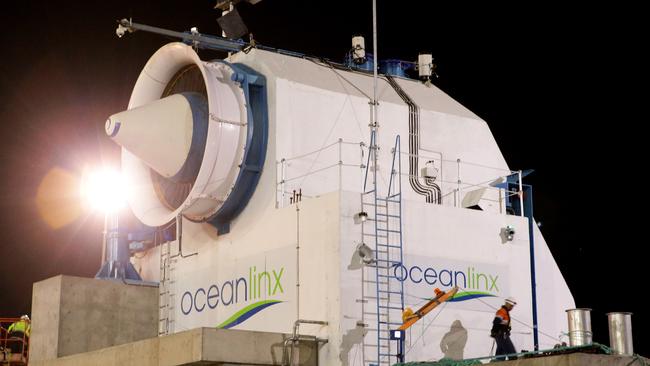
At the time the options considered were:
LEAVE it where it is, maintain navigational lights and block off danger points such as doorways and rear compartments so they can’t be accessed.
LEVEL the structure by explosive blasting so it forms an artificial reef and no longer poses a navigation hazard or entrapment danger.
CUT the structure such that it is at least 7.5m below low water and the top cut off section be placed alongside so that both pieces form an artificial reef and do not pose an entrapment hazard.
REFLOAT the structure and tow it to deep water (greater than 25m) in Gulf St Vincent where it can be sunk so it does not pose a navigation hazard.
REFLOAT the structure and tow it to very deep water (greater than 50m) south of Kangaroo Island and sink it.
FULLY refloat the structure and tow it to a port or land base.
Correspondence from the Yankalilla District Council at the time showed that 40 per cent of survey respondents preferred to have the wave generator towed away.
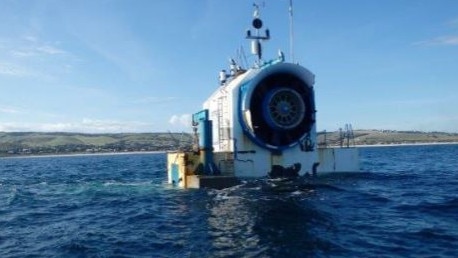
The State Government’s Department of Transport and Infrastructure has now put out a tender to remove the top of the generator and attach a beacon and marker which will be visible 24 hours a day.
Transport and Infrastructure Minister Stephan Knoll said environmental concerns drove the strategy to retain much of the structure.
“I’ve been advised that the underwater structure is now covered in diverse reef fauna and occupied by resident reef fish species,’’ he said in a statement.
“We want to leave this new artificial reef there so it can continue to support marine life, as well as provide locals with a great attraction.
“This is the best outcome that removes the visual eyesore whilst preserving what has become a thriving artificial reef.”
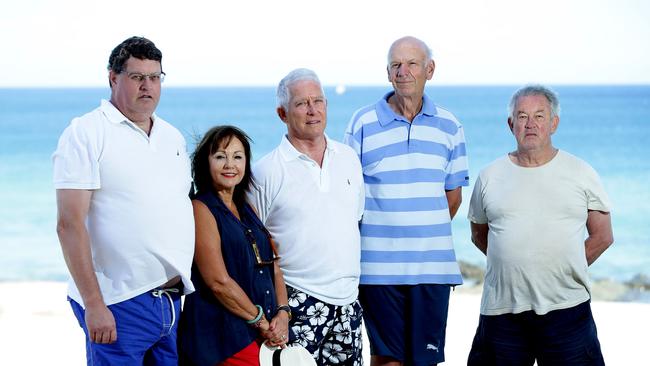
Mr Chapman said he was not convinced the proposed strategy would provide a safe solution.
“We’ve had periods of several months where the beacon hasn’t worked so it’s a potential navigation problem,” he said.
“They’re not going to put buoys around it, so all you need is someone who doesn’t know the area and they’re going to take their keel off on the superstructure.
“I don’t see why you can’t just blow it up and form it into a reef, get it four to five metres under the surface at least.’’
cameron.england@news.com.au

